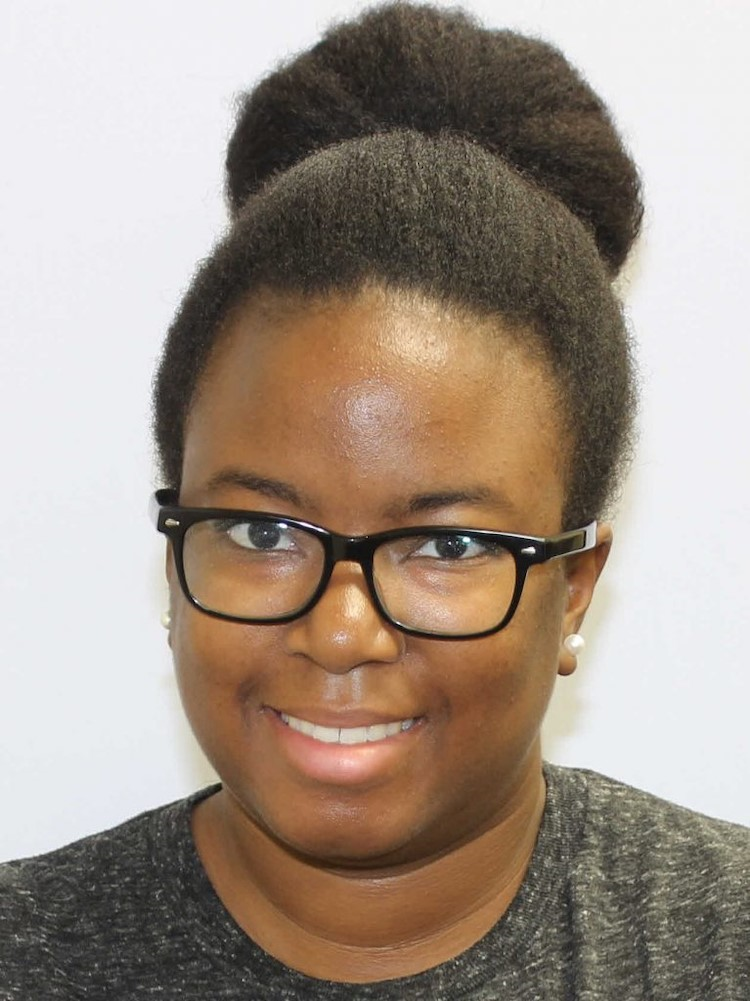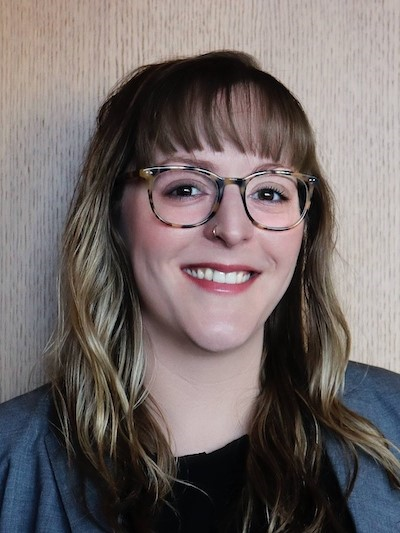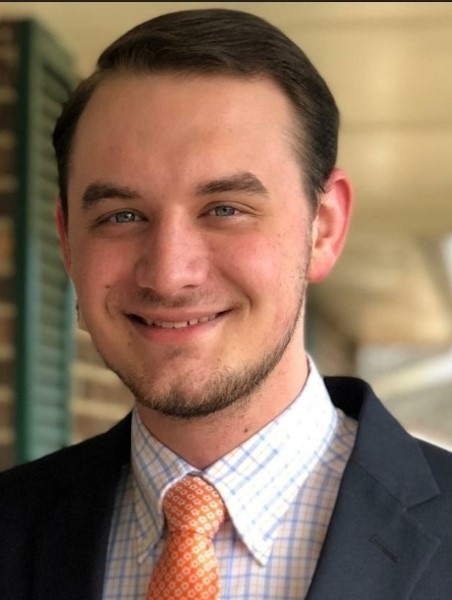Winthrop University Materials Research: Focus on Alumni
As the Materials Assembly and Design Excellence in South Carolina (MADE in SC) funding was awarded in 2017, Winthrop University’s Department of Chemistry, Physics and Geology had begun making strides to strengthen materials research. With faculty hires in solid state photochemistry (Cliff Harris, 2011), hydrothermal crystal growth (Maria Gelabert, 2012) and supercapacitors (Fatima Amir, 2014), the department was in a strong position to join 9 other SC institutions in the EPSCoR Track I funding for Research Infrastructure and Improvement (RII). Harris, Gelabert and Amir all contribute to the strategic goal of Thrust 1: Hierarchical Structures with Controlled Optical, Electrochemical and Magnetic Materials.
In this article, we focus on three alumni of Winthrop who participated in materials research as undergraduates and are currently completing a doctoral degree.
Tyra Douglas (2015) completed an ACS Chemistry degree with a Forensic Science concentration. Now at the University of Alabama, Tyra is completing her doctoral work in the solid state chemistry group of Jared Allred, whose broad focus is inorganic materials with functional properties. Tyra is especially interested in magnetic structure characterization and local structure identification using diffuse scattering, contributing to two recent papers on molybdenum-doped vanadium oxide, where crystals were synthesized by chemical vapor transport (CVT), then analyzed with total X-ray scattering and electrical resistivity measurements. Her Winthrop research experience in the Harris lab inspired interests in sustainable energy within efforts to reduce dependence on fossil fuels. With original research, Tyra is deepening her knowledge and building capabilities for more impact. After graduating in 2021, Tyra plans on postdoctoral work at a university or national laboratory, with the long-term goal to be a professor at a primarily undergraduate institution. She hopes to develop an undergraduate research program where students are exposed to national labs, such as Oak Ridge or Argonne.
After completing her ACS Chemistry degree, Jessica Zinna (2016) is now in the laboratory of Mayra Lieberman at the University of Notre Dame. This group focuses on analytical and physical chemistry for developing products in low resource settings, and Jessica is working on Paper Analytical Devices (PADs) for her dissertation research. With the choice of graduate study, she is inspired by the opportunity to expand a field of knowledge. At Winthrop, Jessica conducted research in nanoparticle synthesis (in the Gelabert lab), as well as organic synthesis. With pharmaceutical aspirations, Jessica started her graduate program, contributing to two papers on CsPbBr3 nanocrystals. After realizing her special interests in global and public health, she moved to the Lieberman lab. Her research includes development of chemical tests for cutting agents in illicit drug samples. Jessica is participating in Notre Dame’s Leadership Advancing Socially Engaged Research (LASER) initiative, and after graduation in 2021, she will endeavor towards a government or industrial position in a field connected to drug policy or public health.
Cale Gaster (2019) completed an ACS Chemistry degree, then joined the sustainable energy lab of Peter Burns at the University of Notre Dame, a fully equipped actinide lab regulated by the Nuclear Regulatory Commission. This group focuses on synthesis and characterization of actinide compounds, and Cale is now immersed in crystal growth of uranyl peroxides from molten salt fluxes. His Winthrop experience in the Harris lab with nanoparticles has shaped his understanding of growth of micron-scale crystals for structural characterization. Cale revels in the process of altering conditions slightly to see effects on experimental outcome. A first-year graduate student, his tentative career aspiration is pursuing nuclear chemistry research at Oak Ridge or Los Alamos National Labs.
All three Winthrop alumni cited small class sizes, low student/teacher ratios, and personal connections with faculty as a major factor in choosing Winthrop. With scholarships like the Eagle-STEM Scholars Program and the Winthrop McNair Scholars Program, science and math students have opportunities to engage and grow with a cohort of peers within an educational environment firmly anchored in the liberal arts.
Another factor was the level of instrumentation available to undergraduate students. Over approximately 15 years, with leadership of analytical chemistry faculty member Cliff Calloway, funding from NSF-MRI, NIH SC INBRE, various single investigator grants and institutional support, the department has greatly expanded instrumentation and research capabilities, creating more opportunities for undergraduate students. With participation in Phases I, II and III of NIH-supported IDeA Network of Biomedical Research Excellence (INBRE), Winthrop has specifically expanded biochemistry offerings, and is the first SC institution to be accredited by the American Society of Biochemistry and Molecular Biology (ASBMB). On the heels of this successful backdrop, the department has further broadened student opportunities in inorganic, physical, and materials chemistry through the MADE in SC NSF-EPSCoR grant.
Between undergraduate and graduate work, Tyra, Jessica and Cale have each conducted research in a variety of materials-related disciplines. Solid state inorganic chemistry has shaped their doctoral research understanding by connecting the undergraduate base information to application in materials-related fields. Tyra noted that she learned some physical and inorganic chemistry in the Harris lab before taking those undergraduate courses, enhancing classroom learning. At UA, a graduate course in physical metallurgy helped shape her synthesis choices with in-depth knowledge of solid state mechanisms. In Jessica’s work, where reaction kinetics is critical for enzyme paper testing, she partly attributes kinetics understanding to her nanoparticle synthesis project in the Gelabert lab. Cale commented on the value of previous experience in nanoparticle synthesis as positively impacting his current work in flux growth of crystals.
Favorite aspects of research are uncovered within the exploratory setting of graduate school. A fascination with magnetic structure, the potential to tangibly impact forensic field work, the excitement of growing crystals of a novel compound—all these act to further inspire through the daily research routine. Besides Winthrop’s chemistry program, these alumni have this in common: a strong undergraduate research program leading to a graduate experience full of continued scientific discovery, as well as a greater self-awareness for how to best use their talent for technological innovations and scientific knowledge.
July 1, 2020

